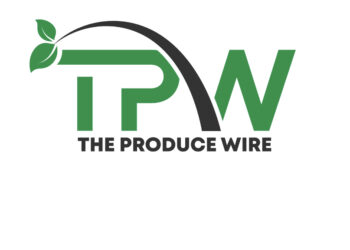On January 1, the U.S. government began recognizing sesame as a major food allergen, making it the ninth such ingredient subject to specific labeling and manufacturing regulatory requirements. It’s a long-awaited update, coming as a result of the Food Allergy Safety, Treatment, Education, and Research Act (FASTER Act). The rollout means food and restaurant brands must now disclose if products contain or even potentially could have come into contact with sesame seeds. Data shows that as many as 1.6 million Americans have an allergy to sesame, roughly the same number as those allergic to soy.
For years, health groups have lobbied to add sesame to the FDA’s official list, and allergy advocates praised the FASTER Act’s rollout. “A huge victory for the food allergy community” is how Jason Linde—senior VP of government and community affairs for Food Allergy Research & Education (FARE), a group that worked to pass the law—classified it. Sesame was previously added to many foods without ever being named. “If it was included, it was just included as a natural spice or flavor,” Linde told CNN on Monday—thus, people with life-threatening allergies would have to harass the manufacturer by phone to determine whether sesame was present.
But sesame does differ in one distinct way from eggs, peanuts, shellfish, milk, and soy: The seeds are teeny tiny and hard to keep track of. This means they’re prone to “cross-contamination,” in food-allergy terms. If you operate a bakery that makes sesame bagels, the odds are decent that rogue seeds will end up in your other products, too. Bad news for people with severe sesame allergies. But it’s also expensive and frustrating for food manufacturers to ensure the seeds are kept away from other foods, if they’re on the FDA’s major allergens list.
Advocates have therefore been warning since December that the FASTER Act is poised to have a counter effect. Rather than minimize cross-contamination, as they argue the law requires, many big food brands have opted to add sesame to their bread products, then simply declare it as an ingredient. They are intentionally adding sesame flour to “avoid complying with the spirit and intent of the FASTER Act,” FARE tells Fast Company. That is cheaper than certifying that their facilities are 100% sesame-free. So far, the list of companies reformulating product recipes so they contain sesame seeds includes chains (Wendy’s and Olive Garden), baking conglomerates (Pepperidge Farm, Bimbo, Martin’s, Flowers Foods), and smaller brands that few consumers will recognize, but that still stock grocery shelves and serve schools nationwide.
Last month, Oliver Garden told the AP it was impossible to avoid “the potential for cross-contamination at the bakery” under the FASTER Act. That’s why breadsticks—the menu staple that put the chain on the map—now contain a minor amount of sesame flour (reportedly “less than 2%”). This way, there’s no ambiguity.
Wendy’s and Chick-fil-A have likewise added sesame to several bread-based menu items. Wendy’s is putting the allergen in burger and sandwich buns, and also its French Toast Sticks. Chick-fil-A has meanwhile hung signs in stores that warn: “Our white bun, multigrain brioche bun, flaxseed flour flat bread, and Chick-fil-A Cool Wrap contain a sesame allergen.”
The FDA seems annoyed by this, issuing a statement last month stating the agency “does not support” this practice, and believes it will be “more difficult for sesame allergic customers to find foods that are safe for them to consume.”
In a statement to Fast Company, FARE senior VP Jason Linde adds that their organization tried reaching out to the American Bakers Association months ago, and even created a whole podcast outlining steps that worried companies can take to ensure they’re in compliance with the FASTER Act. “The bottom line,” Linde says, “is that these companies have known that this law was coming for a long time.”
Right now, he says they’re aware of one company that is working to accommodate Americans with sesame allergies. Calise & Sons Bakery, a brand in New England, has updated its packaging to read: “Made in a facility that does not use nuts or sesame seeds.”
The post Sesame just became an official U.S. food allergen. So why are restaurant brands now adding it to foods? appeared first on Fast Company.














